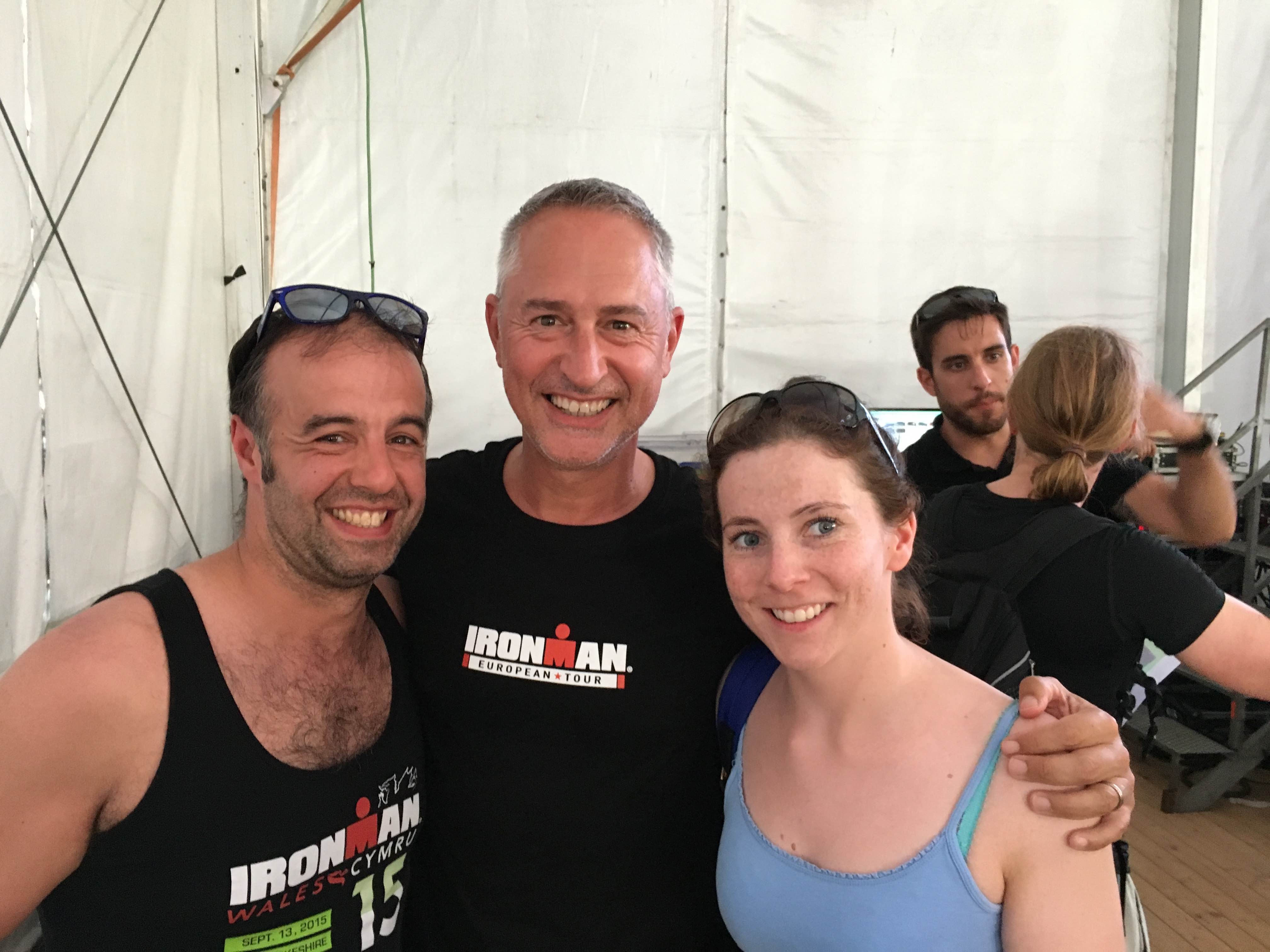
A number of us (possibly most of us) have been there when training for a triathlon. In the dark, in the cold, enduring the winter mornings in a garage sat on a turbo trainer with no-one to keep you company but your podcasts, your heart rate monitor and possibly your coach’s workout.
Lonely, depressing and awful does not do it justice but it is accepted that this is what you have to do. All in readiness for an Ironman triathlon somewhere across the world, in my case 1,335 miles away in promised sun (or even daylight). However, despite the warm feeling I get thinking of the race, I struggle to get up to do the sessions. Even when I make the bike I struggle - why?
I cycle to feel alive, feel free, to forget who I am and what I am facing. The problem is I do not feel any of those things on a turbo. If anything I feel worse and despite my best efforts, hitting the relevant peaks and numbers, it just feels flat or a chore. I cannot train like that, or I can but my heart isn’t in it, I do not smile and it just isn’t right. It doesn’t make me feel any better or happier and that is, ultimately, why we do this?
So imagine my surprise, when over a coffee, I find myself telling a Kona qualifier, sub-10 hour ironman, all round good guy with a dodgy taste in music, the Digme Oxford Manager Gareth Petts, how I am struggling with this element of the training. Mentally it was dragging me down and not helping take the edge off my stress levels, and physically it was tough with work, the garage and the weather.
It just was not working. His response? He said to me: “What if I told you that you don’t have to train like this? There is another way. You can do your interval training through the Digme specific Perform cycling class, hit the relevant numbers and get the same feeling you do on the road.”
A cycling class? How does that even work? But boy does it work. You should see Debbie Cross, who sits next to me. She rides a mountain bike from her job to Digme, she doesn’t own a road bike and has dreams of a marathon. Her stats suggest she is one of the best cyclists in the class, and she appears to be getting there earlier each week. She didn’t even cycle before starting this class but that is another story.
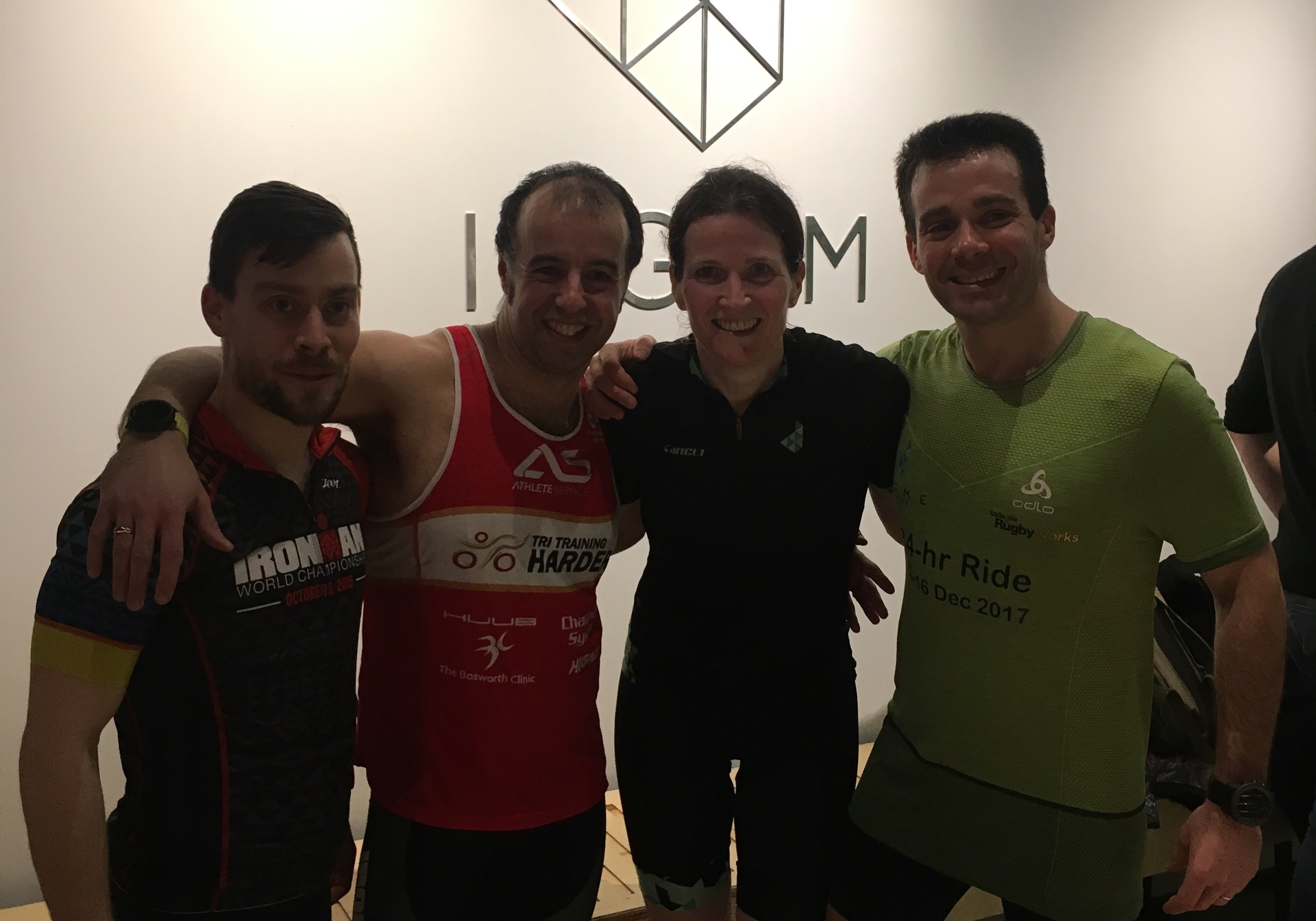
I tried to explain the structure of the class to a colleague at work: “It is like spin, but much harder and much more effective. However, it can be brutal.” I am not sure that is right, or does Gareth’s programming justice. It is a warm-up, followed by a three-minute or five-minute FTP (no we don’t do 20 minutes sadly, despite my best objections) and then a short recovery followed by the workout for 45 minutes. The session can range from ladders to pyramids, all in heartrate zones.
Lost? I am sure I was to start, however in essence you work through heart zones for periods of time to improve your endurance some weeks, then other weeks you do sprints and interval work.
You never really know what is coming, but there is method to the madness as the results start coming in after a couple of classes. Over the course of February / March I saw my rides change. Yes I was training under a plan and my fitness was improving, but the structure of these sessions and improvements started to show, be it my average MPH increasing or hills suddenly became not as much effort as they used to be. Even my commute started losing minutes.
So was it worth the investment and change from the traditional garage? Come race day I was racing on my 1k Halford’s Boardman and left a lot of expensive bikes with wheels more expensive than my entire kit for dead as if they were not moving. We aren’t talking a few, we are talking many. Gareth’s programming played a large part in this.
Ironman Marbella 70.3 had 5,799ft of gain and 1,888ft of elevation over 56 miles. It has been labelled the hardest bike course on the circuit. It was either up, and up, and up or down sharply. There were no flat sections and I am in no doubt that Digme’s sessions played a large part in my being so comfortable faced with this beyond challenging course.
However if you are going to ask me what the real selling point of the class is, it is the feeling after. Post class, laughing with everyone else, drinking a Kona Crunch and walking around in your socks. No more darkness, cold and loneliness - all the reasons you love cycling replicated within a class that pushes you harder, makes you smile more and laugh.
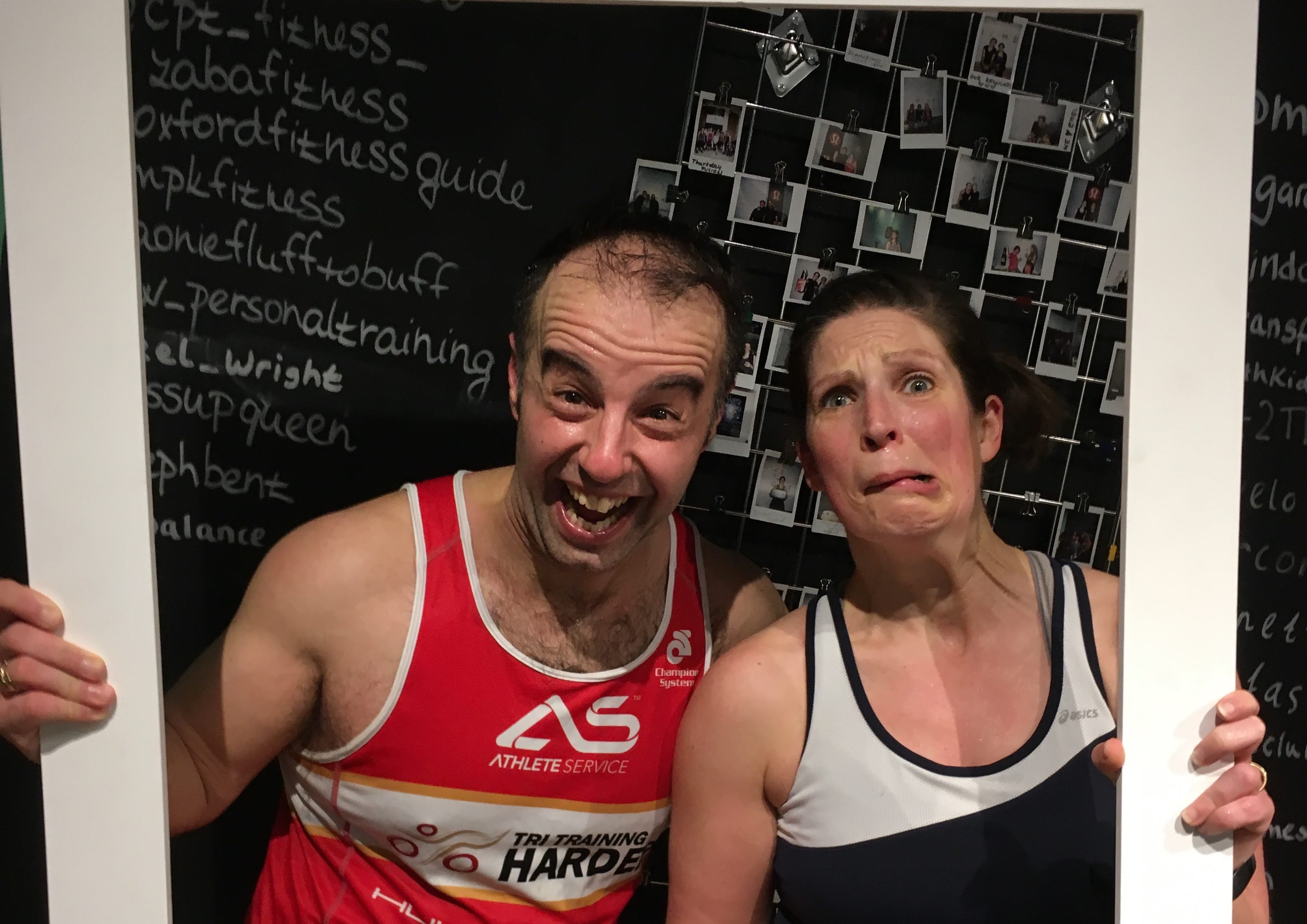
In Digme Oxford I found more than just somewhere to train, I found some real headspace where I can be challenged, I can push hard and I can smile. The whole reason I cycle in the first place.

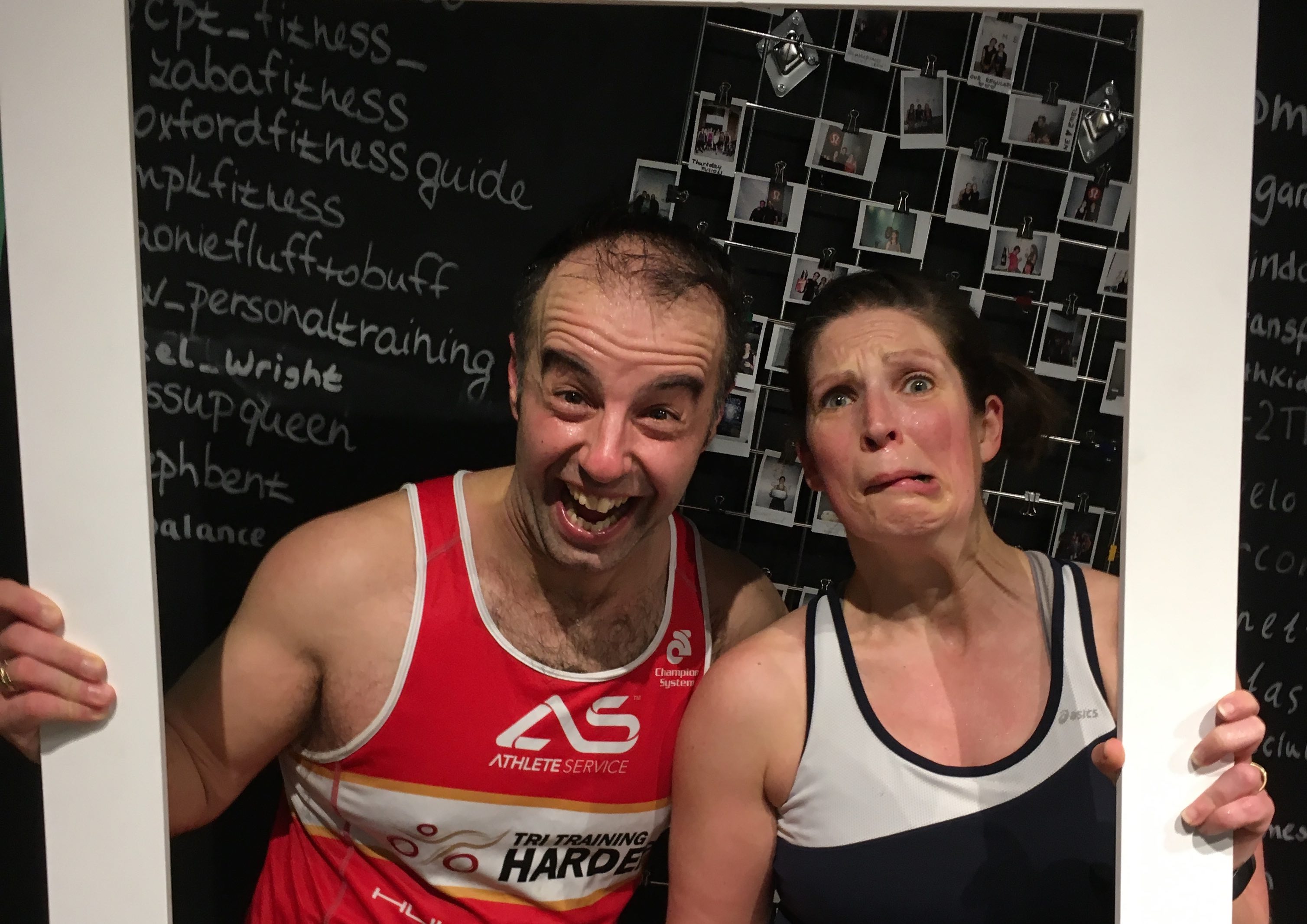
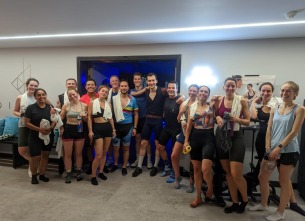

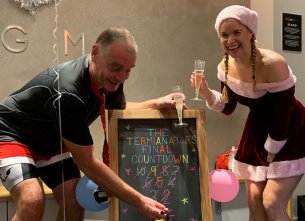

COMMENTS (0)
Be the first to comment!
Please login to comment